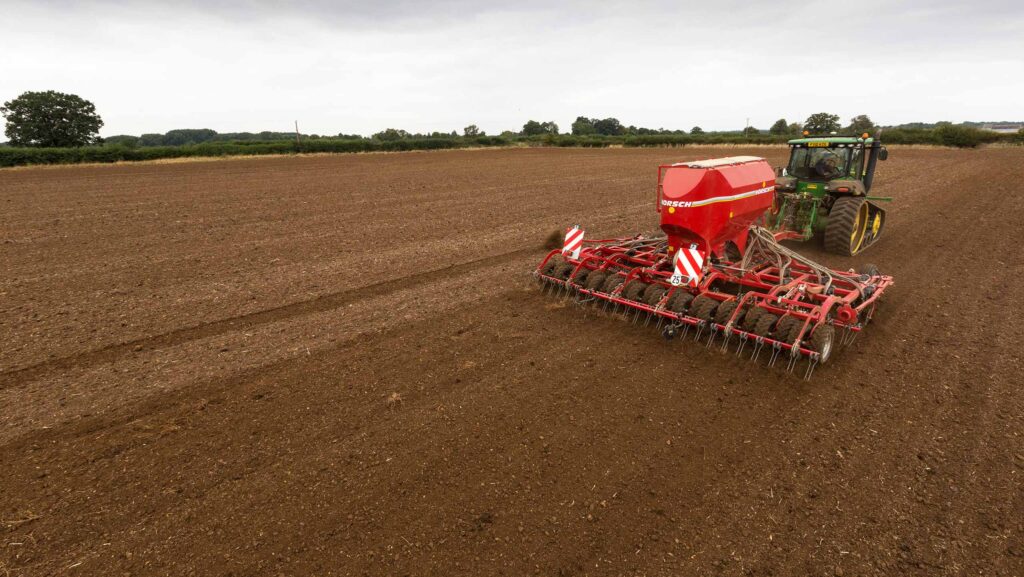Winter seed availability variable with prices in high £400s
 © Tim Scrivener
© Tim Scrivener Seed merchants have been selling winter wheat for between £450/t and £550/t depending on variety for autumn drilling, with prices roughly in line with last year.
However, the addition of certain specialist dressings and treatments can add a further £150-plus to the base price for seed.
The trade is forecasting more wheat to be planted this year and a larger overall UK wheat area next harvest, while less oilseed rape and barley is due to be planted.
See also: Smallest crop area for decades caps wheat at 11m tonnes
An increased planted area of peas and beans for use as break crops is also forecast.
Ex-farm feed wheat has been trading at about £175/t, which is £80/t below this time last year. Despite this, seed costs remain close to last year’s levels, which may encourage more farmers to use farm-saved seed where possible.
Looking at purchased seed, certain varieties have been snapped up early by growers and have already sold out, while others appear slower to shift.
Danny Richardson, combinable seed product specialist at Wynnstay, said some of the new varieties such as Group 3 biscuit wheat Bamford and Group 4 feed wheat Beowulf were in high demand and sold out quickly, with growers putting orders in as they looked around trial plots.
He said sales had generally been slower for middle of the range wheats, with growers waiting until after harvest to make decisions.
Mr Richardson added that farmers were seeing what crops they could get in the ground, depending on the weather and windows of opportunity, with lots of seed sales being for just-in-time delivery.
“The weather has got a big part to play in it. If October is a decent month, they will keep sowing autumn crops especially wheat.”
Traders at ADM found several varieties were in high demand with stocks of Group 1 wheat, including Skyfall, Crusoe, and SY Cheer, all being very short in the marketplace and difficult to find until merchants finish cleaning stocks.
Sam Johnson, seed specialist at suppliers Nickerson, said that after a challenging growing year in 2023/24, some farmers are incredibly worried about adverse weather conditions, and hopes for an Indian summer are looking less promising as we move through September.
Mr Johnson added: “It looks like a lot of farmers have still got seed left in their sheds, especially winter wheat. They were caught out last year and had to go out and buy spring cereals to drill, so there has definitely been a bit of a drop in winter cereals sales.
“However, a lot of decisions are still waiting to be made – about 80% of farmers usually choose what to grow the following year at harvest, but it looks like that has been delayed a little bit. We’ve still got farmers making their minds up now on what to grow.”
An early harvest this year in England has resulted in an earlier planting window, with growers pushing on with late August and September drilling. But harvest in Scotland and Northern Ireland has been further behind.
Syngenta seeds technical manager, Matthew Bull, said: “Septoria is exacerbated by early drilling, so if planning to drill early this autumn, look for varieties that have shown reliable Septoria resistance.”
The numbers
- 80 Fall in feed wheat price on same week last year (£/t)
- 450-550 Winter wheat seed price range (£/t)
- 7 Percentage reduction in total cereals and OSR crop area in 2024
